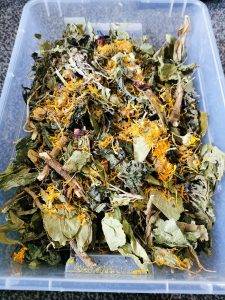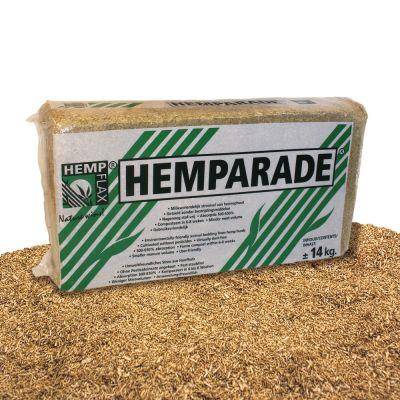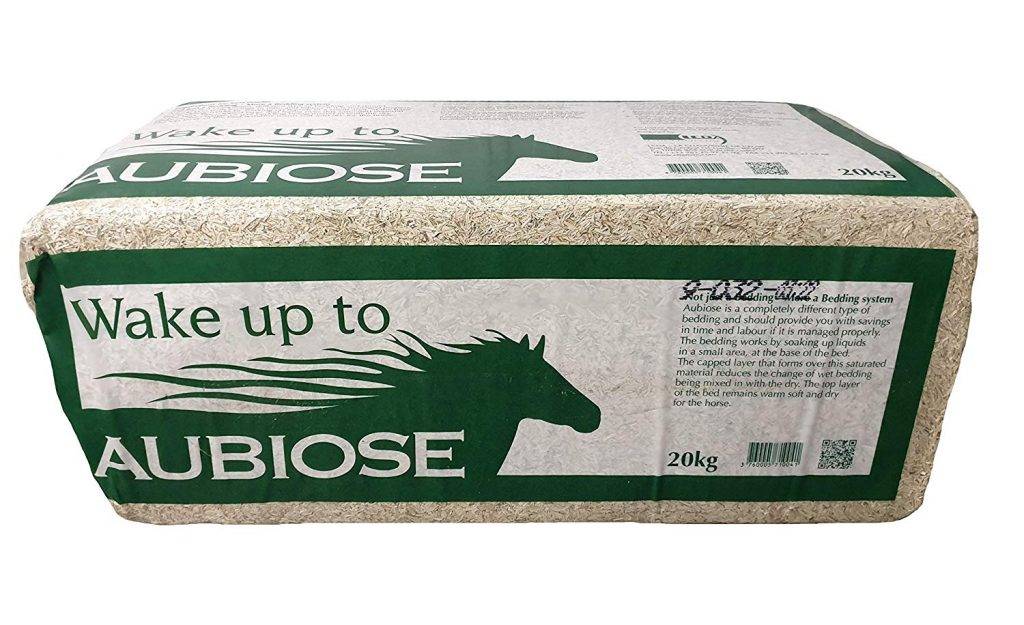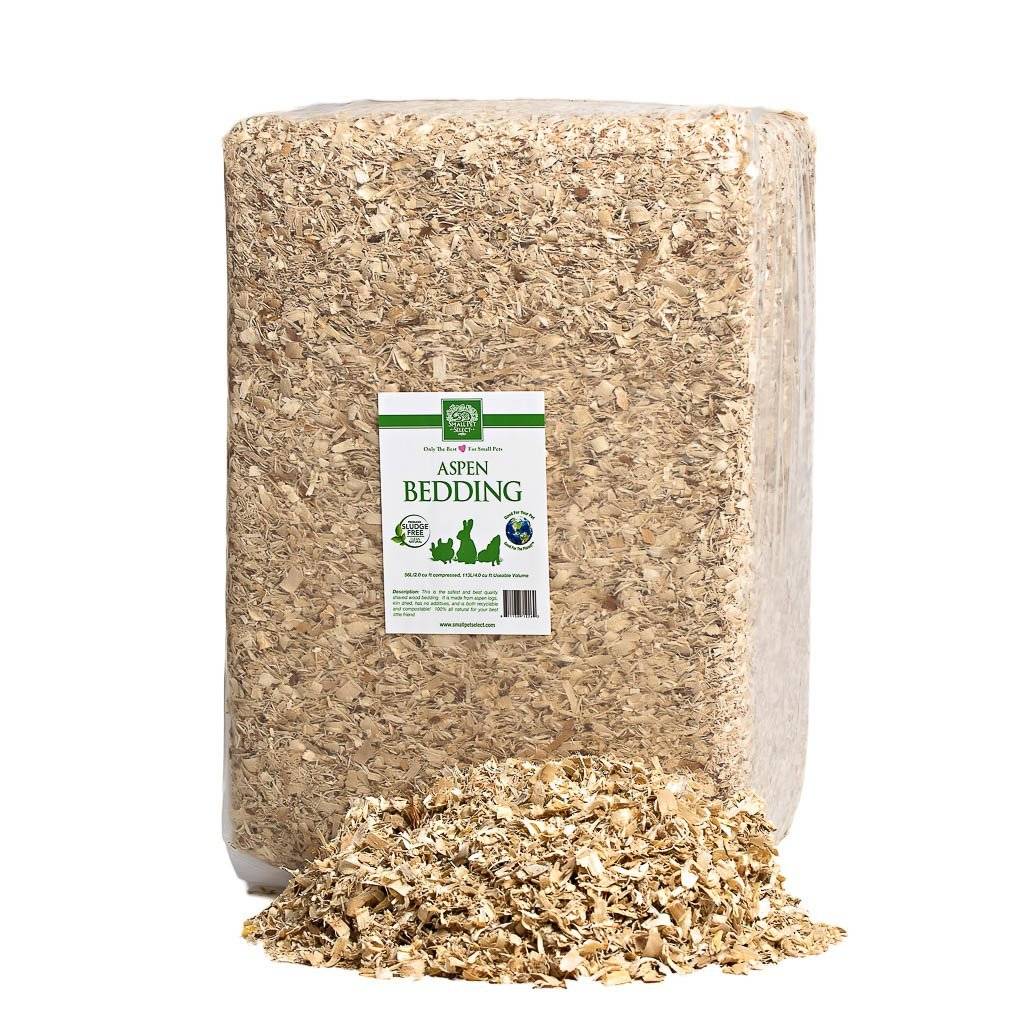Chinchillas require a large cage/enclosure and many marketed as suitable simply are not big enough. Ideally, we would like to see chins housed in large DIY enclosures with at least 1mx1mx1.5m space or even a specific chin safe room. German rodent care is miles ahead of us and many German sites have great info on building a suitable set-up – here are some useful sites:
http://www.diebrain.de/ch-gehege.html
https://www.chinchilla-scientia.com/english-corner/general-topics/minimum-size-for-chinchilla-cage-and-cage-size/
The absolute minimum cage size we will accept is the Liberta Explorer (or cages of the same size). The Savic Royal Suite 95 and Critter Nation Double are also acceptable for chins, but the plastic shelves will need to be covered with fleece (or replaced with metal/wooden shelves) and regularly checked for any signs of chewing.
Chinchillas also need daily out of cage playtime, as they love to bounce around, jump off walls, and use you as a climbing frame! They live up to 15-20 years so this is a big commitment. Please ensure you have the time to provide chins with the care they need before taking any on.

Liberta Explorer 
Savic Royal Suite 95 
Midwest Critter Nation Double
Hay
Hay should make up the majority of chinchillas’ diets and must always be available. We feed a mixture of meadow hay and timothy hay, with the occasional addition of oat grass hay and readigrass or graze-on (dried grass). If your chinchilla doesn’t eat much hay, try different types, and mix in some forage or pellets to entice them.
Forage

Alongside hay, we feed a daily handful of dried or fresh forage (leaves, herbs, flowers, roots, bark, branches). Chinchilla Scientia has some great advice on feeding a ‘natural’ diet and research on the diet of wild chinchillas, including lists of safe leaves, herbs, branches etc.
Our dried forage mix typically consists of:
Leaves – Plantain, Apple, Echinacea, Raspberry, Nettle, Dandelion, Hazelnut
Roots – Chicory or Dandelion
Bark – Willow or Birch
Flowers – Marigold, Rose, Cornflower, Chamomile, Mallow
In the spring & summer months, we collect fresh leaves and branches such as plantain, dandelion, yarrow, clover, willow, hazel, hawthorn and birch for the chinchillas to enjoy.
Pellets
Pellets should only form a small part of the diet and should be viewed as a supplement, rather than a main food. Too many pellets can lead to obesity and serious dental issues as the chinchilla fills up on these, neglecting the all-important hay. We feed only around 1 tablespoon of pellets per day, alongside a mixture of forage (with hay available 24/7). Pellets containing grains and cereals should be avoided – grass/hay based pellets are best (not alfalfa!) – our favourite brands are Rosewood Naturals Meadow Menu, BunnyNature (available in the UK via Haybox) and Versele Laga.
Recommended Sites for Chinchilla Food
Healthy Herby (mention us when purchasing and we’ll receive free hay!) – hay and forage
Timothyhay.co.uk – hay
Hay and Straw – hay
Just4Rabbits – hay and forage
The Hay Experts – hay, forage and pellets
Haybox – hay, forage and pellets
Nature’s Grub – forage in bulk!
We house our chinchillas on hemp substrate or fleece, and advise against using any cardboard/paper based bedding as chinchillas may ingest it. Other options include kiln dried woodshavings such as Bedmax or Littlemax (other pine woodshavings are not considered safe as they can cause respiratory issues), aspen shavings, or chopped rapestraw (Raviera).

Hemparade 
Aubiose 
Raviera 
Hugro Hemp 
Hemp Shiv 
Small Pet Select Aspen Shavings 
Littlemax 
Bedmax






